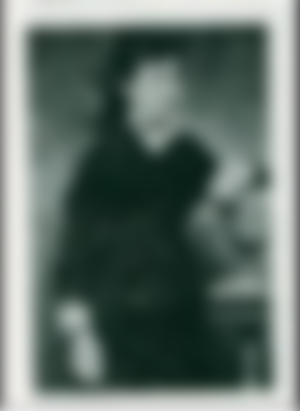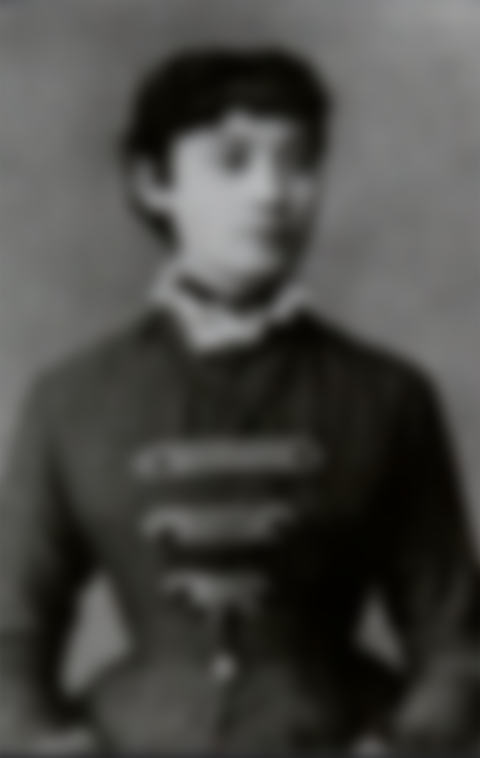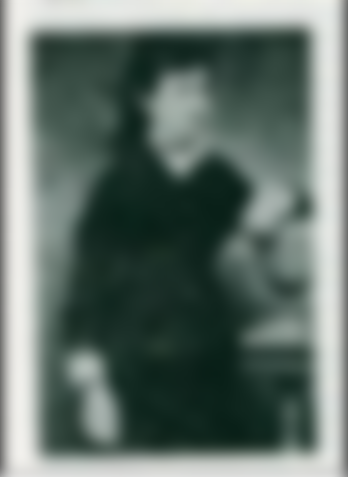
Srpska Crnja - Draginja Draga Gavrilović, the first woman novelist in Serbian literature, was born and lived here. In addition to the trace she left in the literature, she was also the forerunner of the struggle for women's rights in this area. She mostly lived and created farther from the metropolis and in the shadow of the much more famous poet and painter Đuro Jakšić. The real affirmation of women in our work began only in this century, and then there was a reference to the life and work of Draga in Srpska Crnja, where more and more attention is drawn to her.
The director of the local Cultural Center, named after the most famous Serbian romantic, Rodoljub Boškić, emphasizes the intentions of the cultural representatives to return Dragi Gavrilović and her work to the place that belongs to them. One street in the town was named after her, and in front of the Cultural Club, an initiative was launched to do the same in other places in Serbia, which are in some way related to the work of the writer of the first "female" novel.

Draga was born in 1854 in the prominent family of Milan and Milka Gavrilović from Crnjan. In addition to trade, my father was also involved in municipal affairs and for a time worked as a school manager. There was a lot of emphasis in the family on the education and upbringing of children. In addition to their mother tongue, the children also knew Hungarian and German, had a music education and were familiar with the literary events of that time. Draga finished four grades of primary school in Novi Sad, then she lived in her hometown and did housework with her mother, which was all preparation for the usual life and destiny of women at that time.
However, due to her interest in a better position of women in society and her desire to gain independence through her vocation, Draga enrolled and graduated from a teacher's school in Sombor. The United Serbian Youth movement had a strong foothold in that city, and thanks to that association, the Decree on Higher Serbian Girls' Schools was passed in 1871, which allowed female youth to attend classes regularly. Draga Gavrilović was a member of one of the first generations
Through her teacher training, she was in an environment where the written word was nurtured. All this went hand in hand with the development of her literary talent, but also with the approach and adoption of the ideas of the Youth Movement, based on the teachings of Svetozar Markovic. First of all, she was attracted by the idea of women's emancipation, and she processed and represented it through her literary work.

Her first published poem "In memory of Đuro Jakšić" was written on the news of the poet's death in 1878. After finishing teacher's school, he returned to Srpska Crnja. This is where he begins his teaching work, to which he is completely dedicated, but he also works a lot on educating women.
It was not until January 1884 that Draga Gavrilović began to publish longer prose "From Teacher's Life". At that moment, she is thirty years old, and thus the experience of her vocation, and of the values of life in general. Her personal disappointments, ups and downs can also be sensed. Since then, she has been represented in periodicals of her time, "Javor", "Orla", Zmajevo "Nevena" and "Sadašnjosti" with her prose and translations into German. In all her stories, the character of a highly moral teacher is encountered, whose life is focused on the purposefulness and significance of the vocation and the well-being of her people.
In 1889, in Novi Sad's "Javor", whose owner is Jova Jovanović Zmaj, he published "Devojački roman". According to critics, this book occupies the main place of her literary work and gives her the place of the first woman novelist in our literature. It is believed that writing and research on the work of Draga Gavrilović have not been completed yet.



Unjustly forgotten. The book "Girl's Novel" talks about her problem. She did not want to marry a guy when her father chose her. And she told everyone to know: